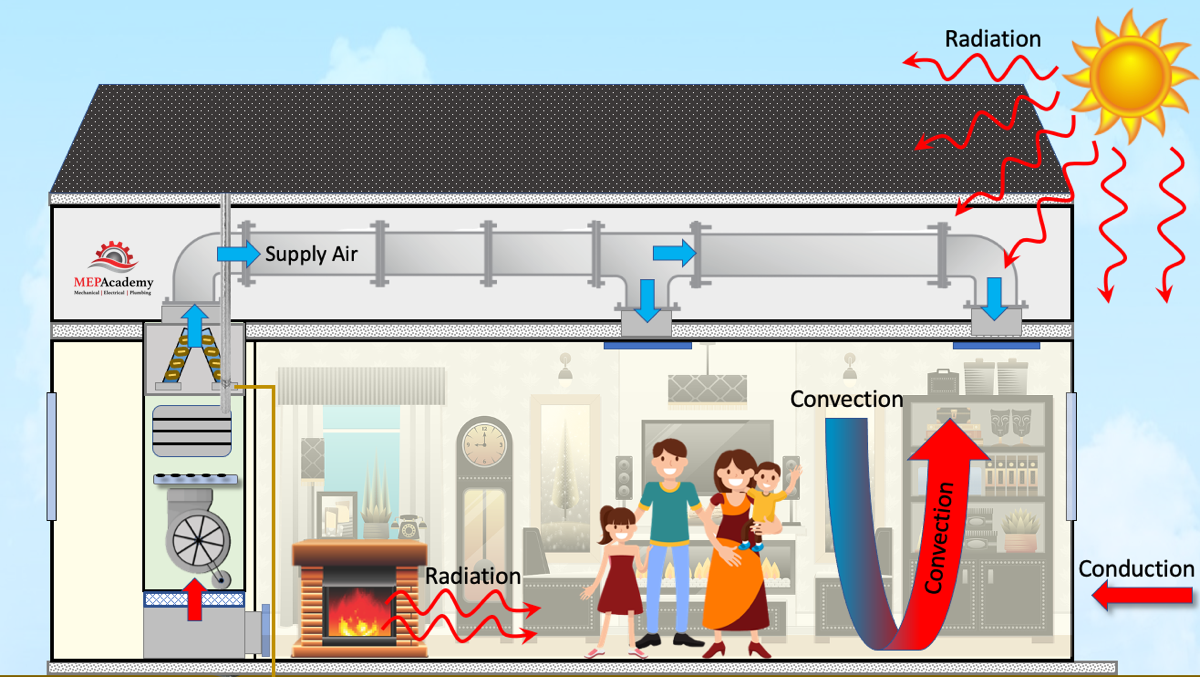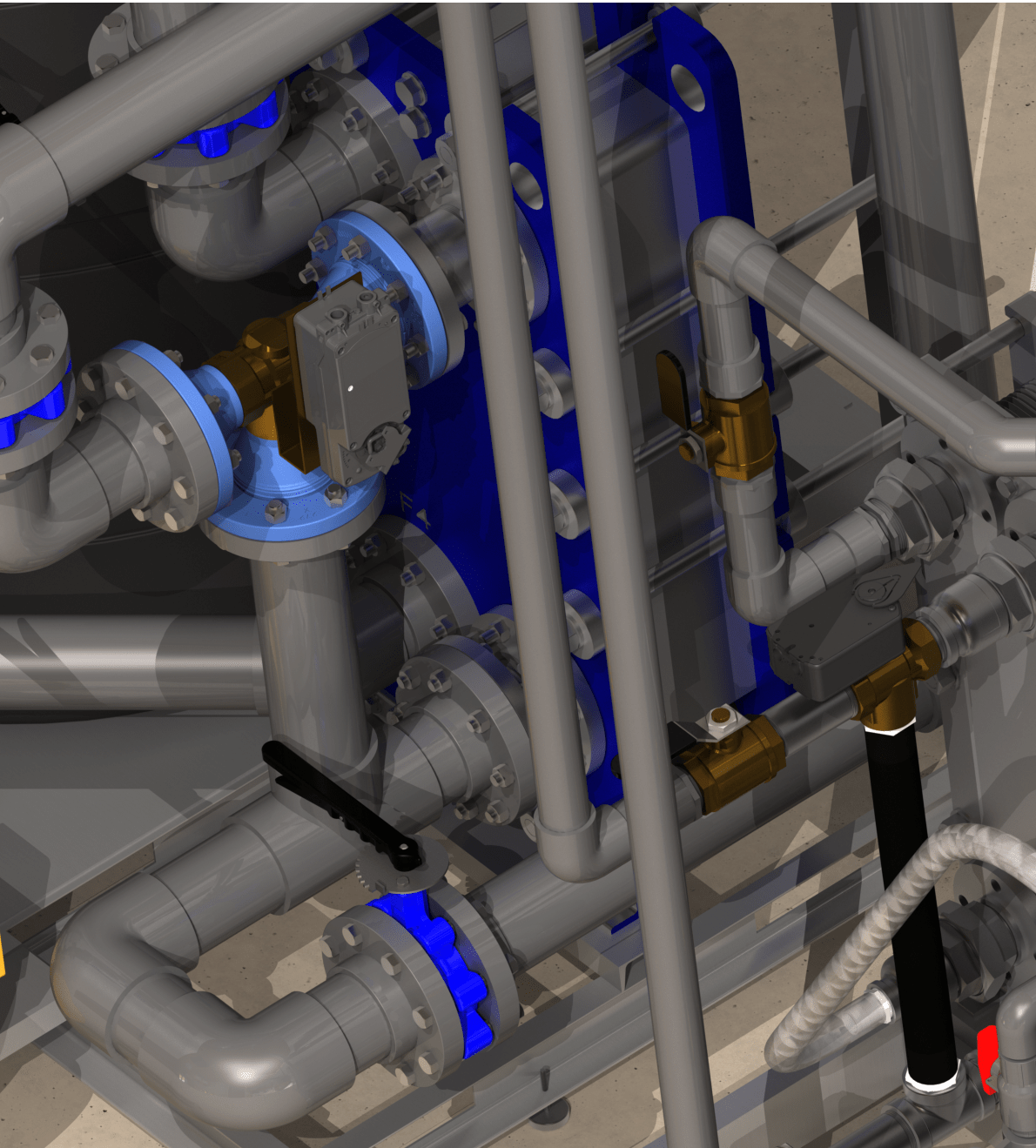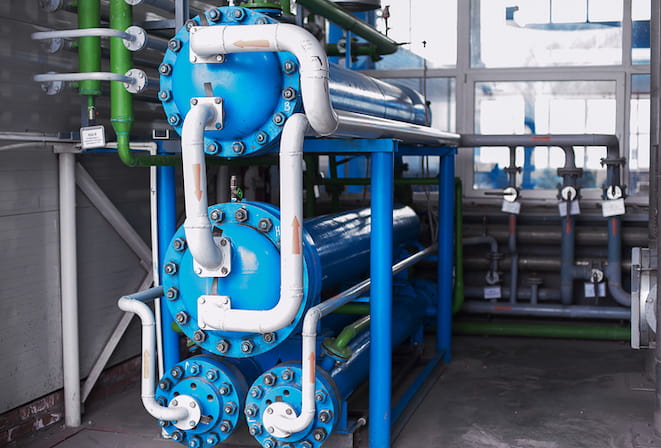Top 10 Thermal Innovations Driving DVS Heat Transfer Systems Forward
Advancements in Heat Transfer Equipments: What You Required to Know for Ideal Performance
Innovations in Heat transfer systems are changing efficiency throughout numerous sectors. Advanced products like graphene and nanofluids guarantee substantial renovations in thermal conductivity. The assimilation of IoT and device learning uses opportunities for real-time monitoring and enhanced power efficiency. The landscape of thermal management is swiftly developing. Recognizing these growths is necessary for accomplishing ideal system performance and sustainability in the future. What specific advancements are forming this change?
Emerging Products for Boosted Heat Transfer

Advanced Heat Exchanger Layouts
While traditional Heat exchangers have offered their objective in various applications, progressed designs are now emerging to satisfy the boosting demands for performance and efficiency. These cutting-edge styles, such as plate, shell-and-tube, and finned-tube Heat exchangers, incorporate improved surface and boosted flow patterns to raise thermal transfer prices. On top of that, compact layouts allow for decreased area demands without endangering performance. Advanced materials, such as composites and corrosion-resistant alloys, additionally boost sturdiness and efficiency under severe conditions. Simulation innovations and computational fluid characteristics are increasingly utilized to refine these layouts, guaranteeing peak Heat transfer qualities. As sectors look for to decrease energy consumption and optimize output, the adoption of advanced Heat exchanger designs is pivotal in attaining these objectives.
The Duty of Nanotechnology in Heat Transfer
Nanotechnology plays a necessary function in improving thermal conductivity within Heat transfer systems. By manipulating materials at the nanoscale, scientists have achieved considerable improvements in power performance. These advancements not just optimize performance however also add to more lasting energy remedies.
Improved Thermal Conductivity
Substantial innovations in thermal conductivity have emerged via the application of nanotechnology, transforming Heat transfer systems throughout various industries. By incorporating nanoparticles into Heat transfer liquids and products, researchers have actually achieved exceptional rises in thermal conductivity. These nanoparticles, such as carbon nanotubes, graphene, and steel oxides, improve the Heat transfer residential properties due to their high surface location and special thermal qualities. The resulting compounds display boosted efficiency in applications ranging from electronic devices cooling down systems to eco-friendly power technologies. Moreover, the capability to customize the size, shape, and composition of nanoparticles enables optimized thermal administration solutions. Consequently, nanotechnology continues to play a critical role in the growth of much more reliable and efficient Heat transfer systems, leading the way for improved industrial applications.
Energy Performance Improvements

Assimilation of IoT in Heat Transfer Systems
The integration of IoT in Heat transfer systems introduces the implementation of smart sensors that enhance functional effectiveness. These sensing units make it possible for real-time data monitoring, enabling immediate modifications and optimizations. This technical innovation has the prospective to significantly boost efficiency and power administration in Heat transfer applications.
Smart Sensors Execution
As Heat transfer systems develop, the integration of wise sensing units with the Internet of Points (IoT) has actually arised as a transformative technique. These sensing units make it possible for real-time surveillance of pressure, temperature, and flow rates, improving system performance and reliability. By gathering and sending data, they facilitate aggressive maintenance, lowering the danger of system failings. In addition, clever sensors add to power cost savings by refining operational criteria based on environmental problems. Their ability to evaluate fads and abnormalities enables notified decision-making, making sure check it out peak efficiency of Heat transfer systems. As industries significantly adopt this technology, the application of clever sensing units stands to revolutionize just how Heat transfer systems are handled, leading the method for greater sustainability and improved performance results.
Real-Time Information Monitoring
How can real-time data keeping track of improve the performance of Heat transfer systems? By incorporating Web of Points (IoT) innovation, Heat transfer systems can take advantage of constant data collection from smart sensors. This real-time monitoring allows for prompt evaluation of temperature, pressure, and flow rates, enabling operators to determine inefficiencies without delay. Changes can be made to maximize performance, reduce energy usage, and prolong devices life expectancy. Furthermore, anticipating maintenance can be applied, reducing unanticipated downtime and pricey repair services. The ability to envision efficiency metrics through control panels improves decision-making, cultivating an aggressive technique to system management. Eventually, real-time data keeping an eye on not only enhances operational effectiveness however also contributes to sustainability goals within industrial procedures.
Energy Performance and Sustainability Trends
Energy effectiveness and sustainability patterns are improving the landscape of Heat transfer systems, driving technology and conformity across numerous sectors. Organizations are increasingly focusing on energy-efficient styles to lower functional costs and lessen ecological influences. The assimilation of renewable resource sources is becoming a lot more common, allowing Heat transfer systems to run sustainably while meeting regulative demands. Additionally, developments in products and innovations promote lower power consumption and boost overall efficiency. Lifecycle analyses are additionally obtaining grip, allowing companies to assess the environmental impact of Heat transfer systems from production to disposal. This emphasis on sustainability not only sustains corporate responsibility but likewise settings companies competitively in a market where consumers significantly favor green remedies. Power effectiveness and sustainability continue to be essential considerations for future advancements in Heat transfer modern technology.
Advancements in Thermal Monitoring Solutions
While the need for reliable Heat transfer remains to climb, innovations in thermal monitoring remedies are arising to address both performance and sustainability difficulties. Advanced products, such as stage adjustment materials and nanofluids, are being developed to boost Heat transfer efficiency - DVS Heat Transfer Systems. These materials boost thermal conductivity and enable for far better temperature level policy in different applications. In addition, technologies like active thermal control systems are acquiring grip, enabling real-time changes to handle Heat circulation effectively. These systems contribute to energy cost savings and lower the ecological effect of thermal procedures. Furthermore, the combination of IoT in thermal administration assists Check Out Your URL in surveillance and predictive maintenance, guaranteeing optimized efficiency and durability of Heat transfer systems. On the whole, these technologies represent significant strides towards more sustainable thermal monitoring practices
Future Instructions in Heat Transfer Technology
Emerging innovations in thermal monitoring services signify a promising future for Heat transfer technology. Researchers are significantly concentrating on developing materials with exceptional thermal conductivity and enhanced energy efficiency. Advancements such as nanofluids, which consist of put on hold nanoparticles, use substantial renovations in Heat transfer efficiency. Furthermore, the assimilation of wise materials that adjust to view publisher site varying temperature problems is acquiring grip, enabling more reliable and responsive systems. The surge of additive manufacturing methods is also allowing the layout of complicated Heat exchanger geometries that enhance liquid circulation. The implementation of maker discovering formulas is prepared for to transform the optimization of Heat transfer systems, promoting anticipating upkeep and performance improvement. Collectively, these advancements are positioned to transform the landscape of Heat transfer innovations in various markets.

Often Asked Inquiries

Exactly how Do I Select the Right Heat Transfer System for My Application?
Picking the ideal Heat transfer system involves examining application demands, consisting of temperature arrays, liquid residential properties, and effectiveness demands. Assessing system kinds, maintenance factors to consider, and cost-effectiveness likewise plays an essential duty in making an educated choice.
What Are the Maintenance Demands for Advanced Heat Exchangers?
Maintenance requirements for sophisticated Heat exchangers generally consist of regular inspections, keeping an eye on for leakages, cleansing of surfaces, and assuring excellent flow rates. Sticking to supplier guidelines warranties effective operation and prolongs the equipment's life-span.
How Do Ecological Factors Impact Heat Transfer Effectiveness?
Ecological aspects substantially affect Heat transfer effectiveness. Variants in air flow, moisture, and temperature influence thermal conductivity and convective Heat transfer, ultimately affecting system performance and demanding consideration throughout the design and procedure of Heat transfer systems.
What Safety And Security Requirements Put On Heat Transfer Equipments?
Safety and security standards for Heat transfer systems usually include guidelines from organizations such as ASME and ASTM. DVS Heat Transfer Systems. These standards address products, style, and functional techniques to guarantee integrity, efficiency, and security against threats in different applications
Exactly How Can I Troubleshoot Usual Heat Transfer System Issues?
Fixing common Heat transfer system concerns includes looking for leaks, ensuring correct liquid flow, examining insulation integrity, and confirming temperature differentials. Determining these variables can aid preserve system efficiency and stop further problems.
Nanotechnology plays an important function in boosting thermal conductivity within Heat transfer systems. Significant advancements in thermal conductivity have emerged with the application of nanotechnology, changing Heat transfer systems throughout different markets. Developments in thermal conductivity through nanotechnology have actually paved the way for amazing renovations in power effectiveness within Heat transfer systems. Energy effectiveness and sustainability patterns are improving the landscape of Heat transfer systems, driving advancement and conformity across numerous markets. The integration of IoT in thermal administration helps with surveillance and predictive maintenance, making sure optimized efficiency and durability of Heat transfer systems.